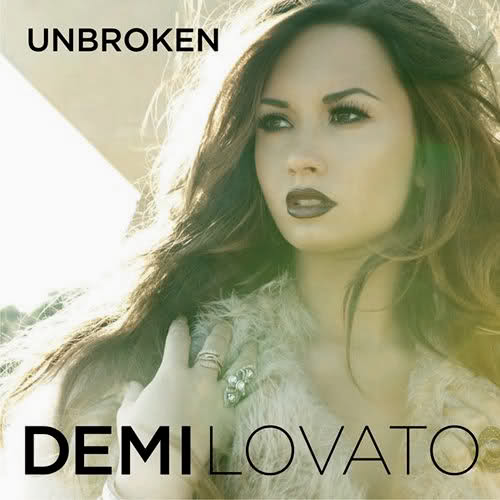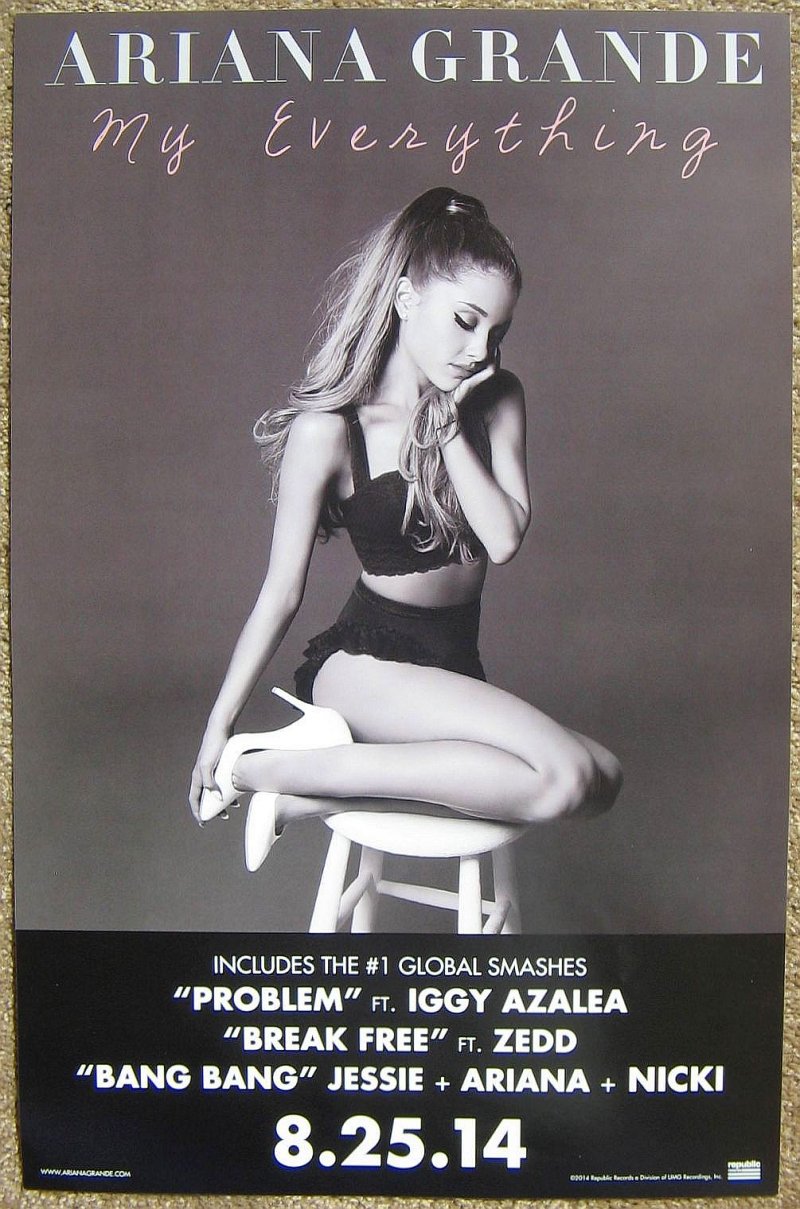The below images are the results of my target audience research questionnaire, condensed into data through the use of pie charts.
My initial question was regarding the audience's gender and I had a fairly even split within my results, although a slightly higher proportion of females answered my questionnaire. This result was expected as the classical music genre is diverse and does not target one genre over the other, such as say the rap genre which might predominantly target men over women. Therefore I will ensure that my music video appeals to both men and women, to reflect the mixed gender of my target audience.

Age wise, my target audience is between 17 and 25 years of age. This younger age group I think represents several elements of my project. Firstly the age of the artist will naturally attract a younger consumer, equally the contemporary nature of my music video and taking influence from narrative story-lines of music videos from different musical genres such as pop open myself up to a younger demographic. Lastly, despite my target audience being from 17-25 I believe that the diverse nature of classical music means that my target audience could well be broader as it appeals to people of all ages, however I will specifically focus on the younger target audience of between 17 and 25 years of age.

To get an idea of the kind of music that my target audience listen to I used a multiple choice question, as can be seen from the pie chart my target audience listen to a wide range of musical genres. Predominantly though, the most popular genres were: Pop, Rock and R&B - this is beneficial as the narrative elements of my music video were inspired by watching those created in pop music videos such as Katy Perry's 'The One That Got Away'.
This question was pivotal for my idea for my music video, as my song is slightly alternative in that classical music is not always associated with the younger generation and music videos, it was important that my target audience listen to a variety of music, therefore I was very pleased that 100% of my audience said that they do in fact listen to a variety of music and would therefore be more open to my track.
The result of this question was very interesting to me as I had no option that I was hoping would be most popular with my audience, the audience found the Artist and Location of a music video to be the most important, even above Camerawork. This was slightly unexpected as I had thought that Camerawork would be the most important to my audience, however this shows me that the representation of my Artist and Location needs to be carefully thought out and constructed to give the maximum effect and impress my target audience.

I was extremely happy with the outcome of this question given its importance in the type of music video I am doing. The most popular music videos that my target audience watch/ prefer were Narrative, Performance and Hybrid. This is particularly significant for me as my video will be a hybrid of performance and narrative elements therefore the knowledge that my target audience prefer this type of music video and engage with this the most is encouraging and indicates that hopefully my video will be well received by my target audience.
Again, this question was important for me to know and for my target audience as given that only a small number of my target audience said that they regularly listen to classical music, it is imperative that they are open to music of a different genre. Thankfully, 100% of my audience said that they were indeed open to music of a different genre and therefore will be receptive to my track.

As I had anticipated there were several different opinions expressed with this question. The typical associations with the classical music genre are for it to be orchestral, instrumental (many people expressed an association specifically with pianos and violins) and emotional. This is good feedback for me as I feel that my track whilst being dramatic and building, it is also quite emotional. 'Nuvole Bianche' has been featured in adverts, TV programmes and film - this can benefit me as the narrative element of my storyline featuring an elderly couple could be quite powerful, therefore there should be a sense of synergy between the track and the music video.

This was one of the most pivotal questions for me. This was as the concept behind my video is to use a dramatic, building piano track set to a modern music video like those that I have researched, conforming to certain generic conventions of the genre. I was however nervous as to how this would be received as the younger audience that I knew I would be targeting are predominantly listening to more upbeat, pop style music. Therefore, I was very pleased to see that 100% of the people I asked felt that they would enjoy this change, and would enjoy seeing a classical track set to a more modern/ contemporary music video.

The final question that I asked was regarding the digipack that I will need to create to accompany my music video. It was important for me to find out what element of a digipack appeals to the audience the most. Interestingly, my target audience felt that the photography of the album is the most important element, followed by the artist and colour scheme. I have therefore taken this feedback on board and will ensure that the photography, artist and colour scheme are what I focus on most and ensure are extremely effective - with font style and links to social media playing a slightly smaller role.
My questionnaire was incredibly informative and the results will influence the approach to my music video and digipack - as I take on my target audience's likes and dislikes, to create the best product I can.
Within my target audience research I did not limit myself to just one form of research, but created more spontaneous 'vox pop' style audio interviews with my audience to get a more 'natural' reaction, whereby I have not guided the conversation but allowed them to express exactly how they felt. I have attached an example of an interview below.
The above link should be live in wikishare within 7 days, so if it does not work, you can download the file quickly as the interview is only about 2 minutes long.
Within the audio interview the person I interviewed expressed her conformance with the results of my questionnaire. For example, her favourite type of music was pop and she felt that she enjoys the typical associations of a music video of that genre e.g. being "flashy" with dancers involved. My audience member stated her associations with classical music as being slower paced and quite emotive. Having listened to my track she felt that the emotion of the song and how it built was evident and I was pleased that she seemed interested at the prospect of the track set to a modern, contemporary music video stating that it would be "different from what we usually experience".

















































